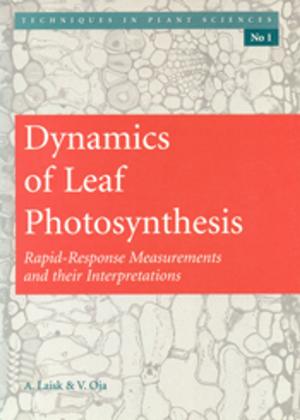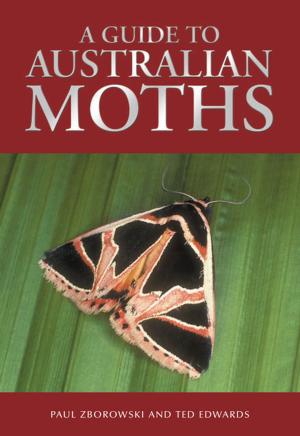| Author: | ISBN: | 9780643104211 | |
| Publisher: | CSIRO PUBLISHING | Publication: | March 5, 2012 |
| Imprint: | CSIRO PUBLISHING | Language: | English |
| Author: | |
| ISBN: | 9780643104211 |
| Publisher: | CSIRO PUBLISHING |
| Publication: | March 5, 2012 |
| Imprint: | CSIRO PUBLISHING |
| Language: | English |
Biological control of weeds has been practised for over 100 years and Australia has been a leader in this weed management technique. The classical example of control of prickly pears in Australia by the cactus moth Cactoblastis cactorum, which was imported from the Americas, helped to set the future for biocontrol of weeds in many countries. Since then there have been many projects using Classical Biological Control to manage numerous weed species, many of which have been successful. Importantly, there have been no serious negative non-target impacts – the technique, when practised as it is in Australia, is safe and environmentally friendly. Economic assessments have shown that biocontrol of weeds in Australia has provided exceedingly high benefit-to-cost ratios. This book reviews biological control of weeds in Australia to 2011, covering over 90 weed species and a multitude of biological control agents and potential agents. Each chapter has been written by practising biological control of weeds researchers and provides details of the weed, the history of its biological control, exploration for agents, potential agents studied and agents released and the outcomes of those releases. Many weeds were successfully controlled, some were not, many projects are still underway, some have just begun, however all are reported in detail in this book. Biological Control of Weeds in Australia will provide invaluable information for biological control researchers in Australia and elsewhere. Agents used in Australia could be of immense value to other countries that suffer from the same weeds as Australia. The studies reported here provide direction to future research and provide examples and knowledge for researchers and students.
Biological control of weeds has been practised for over 100 years and Australia has been a leader in this weed management technique. The classical example of control of prickly pears in Australia by the cactus moth Cactoblastis cactorum, which was imported from the Americas, helped to set the future for biocontrol of weeds in many countries. Since then there have been many projects using Classical Biological Control to manage numerous weed species, many of which have been successful. Importantly, there have been no serious negative non-target impacts – the technique, when practised as it is in Australia, is safe and environmentally friendly. Economic assessments have shown that biocontrol of weeds in Australia has provided exceedingly high benefit-to-cost ratios. This book reviews biological control of weeds in Australia to 2011, covering over 90 weed species and a multitude of biological control agents and potential agents. Each chapter has been written by practising biological control of weeds researchers and provides details of the weed, the history of its biological control, exploration for agents, potential agents studied and agents released and the outcomes of those releases. Many weeds were successfully controlled, some were not, many projects are still underway, some have just begun, however all are reported in detail in this book. Biological Control of Weeds in Australia will provide invaluable information for biological control researchers in Australia and elsewhere. Agents used in Australia could be of immense value to other countries that suffer from the same weeds as Australia. The studies reported here provide direction to future research and provide examples and knowledge for researchers and students.















